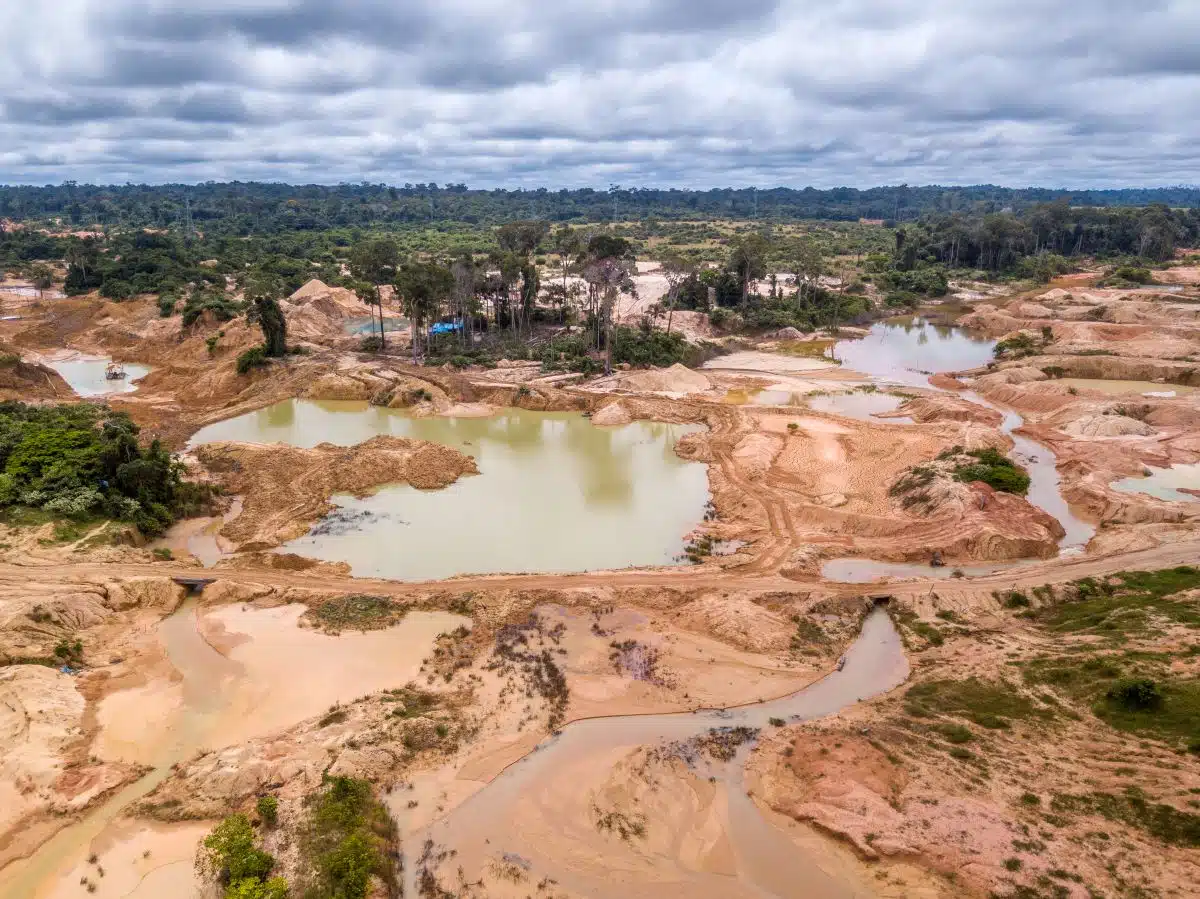The Amazon rainforest is disappearing at a staggering rate—with almost a fifth already deforested, how much longer can we expect this beautiful natural wonder to last? Find out the cause of the problem and whether it’s too late to save the world’s largest rainforest.
Just How Big is it?
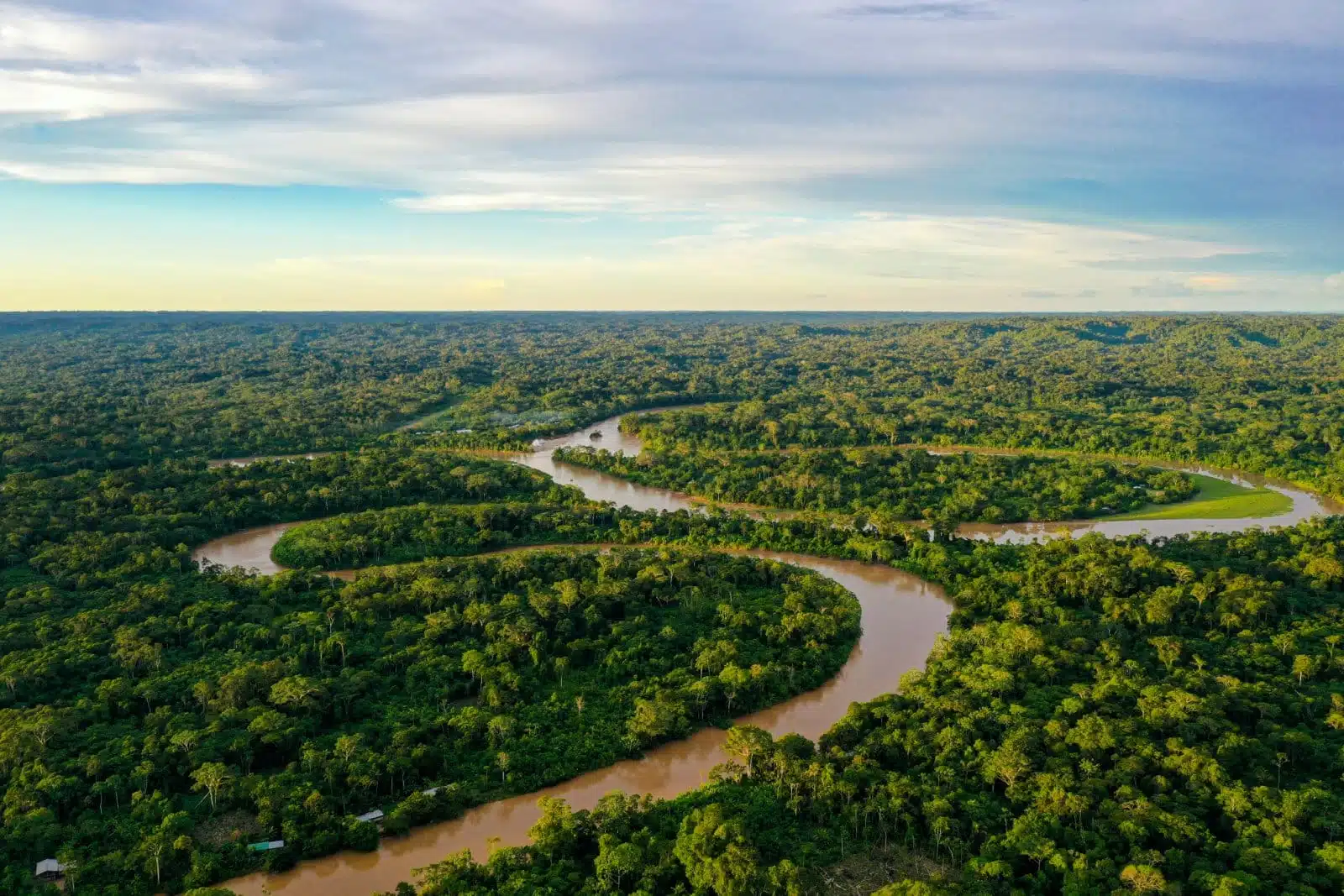
Image Credit: Shutterstock / Panga Media
The Amazon rainforest covers most of the Amazon basin in South America and is around 2.1 million square miles. It spans Brazil, Peru, Colombia, Bolivia, Ecuador, French Guiana, Guyana, Suriname, and Venezuela.
A Home to Many
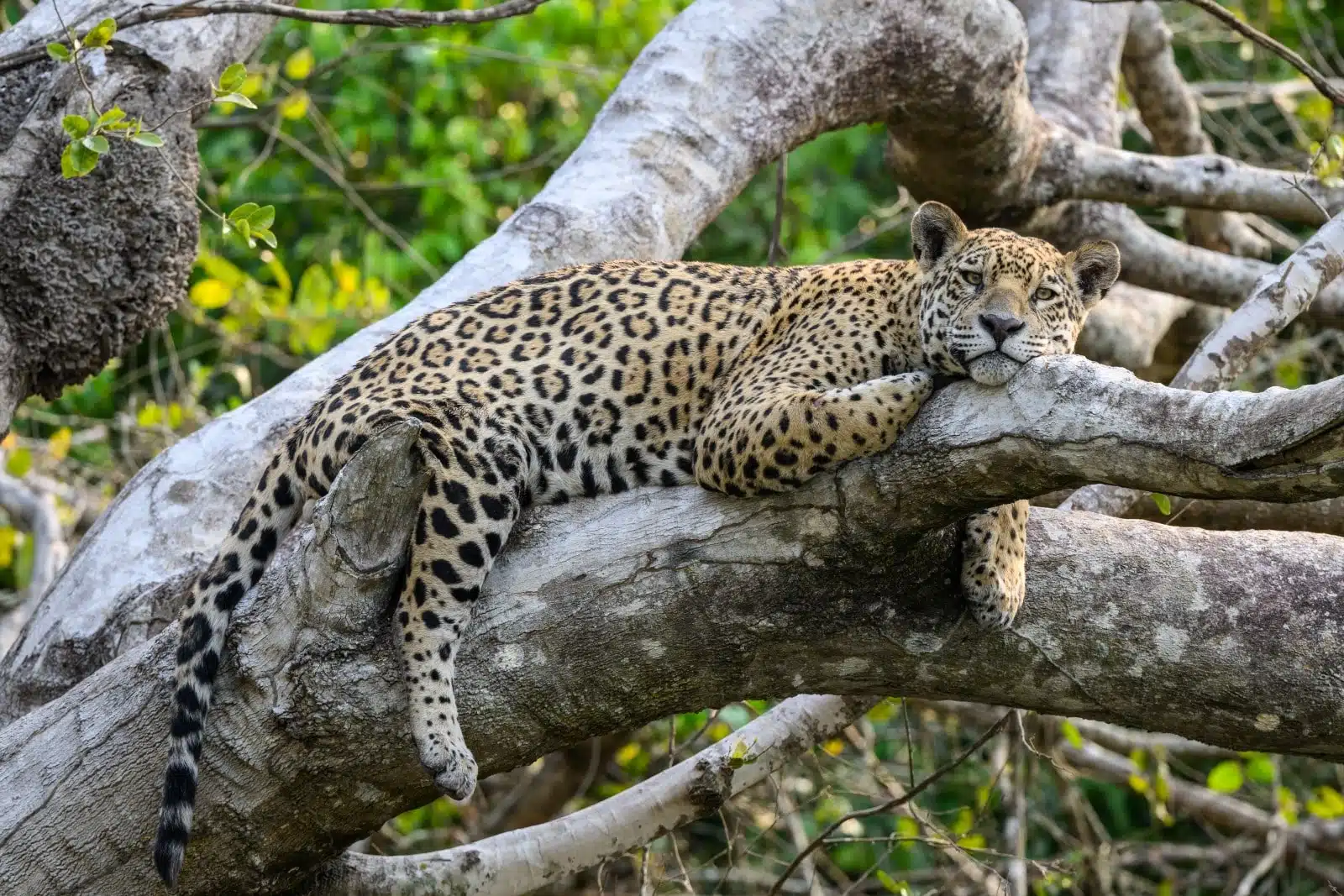
Image Credit: Shutterstock / FotoRequest
This massive ecosystem currently accounts for about 50% of the planet’s rainforest and is home to an estimated 390 billion trees across 16,000 different species.
Not Just Trees
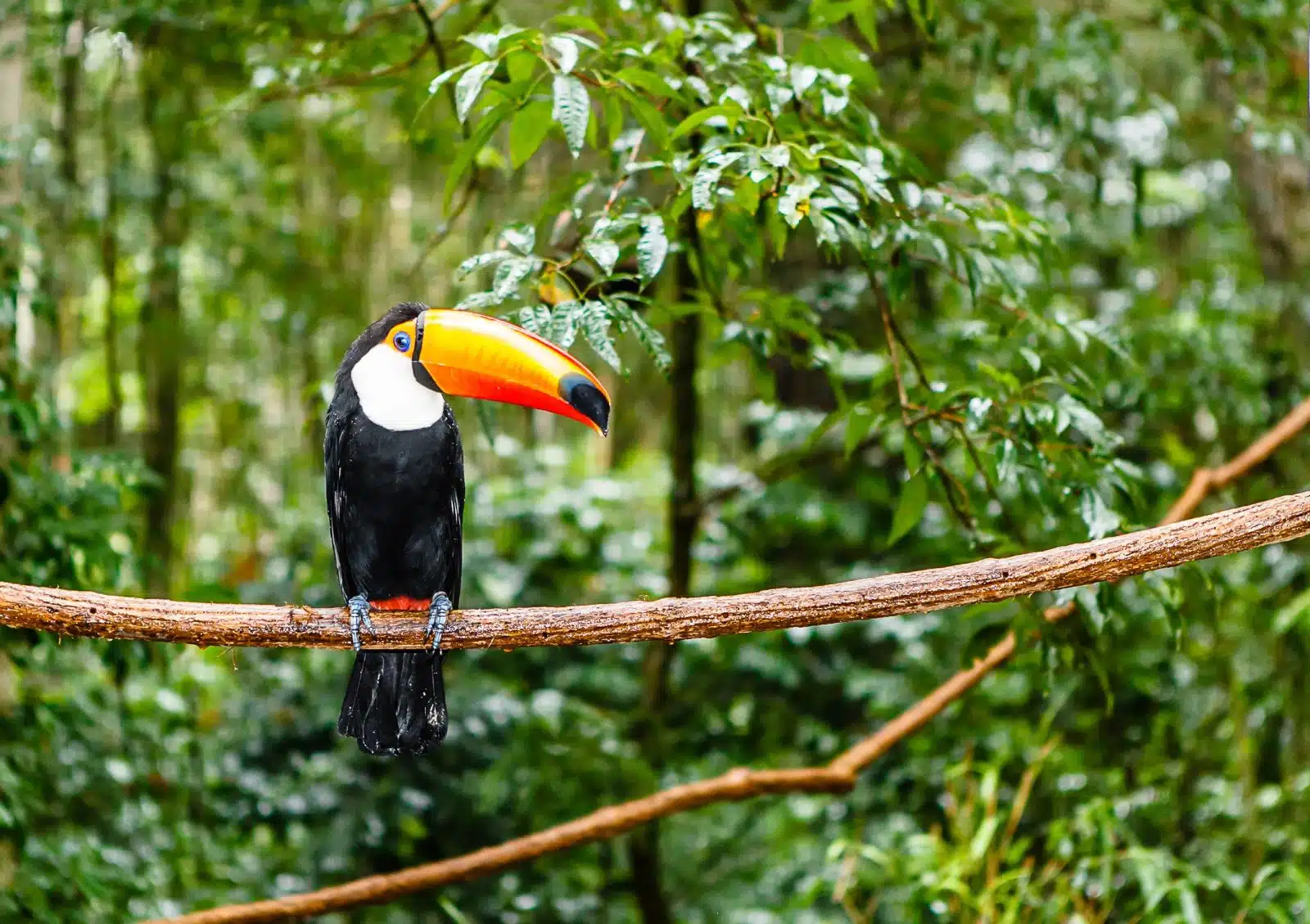
Image Credit: Shutterstock / MarcusVDT
There are thought to be 2.5 million species of insect, plus mammals, fish, birds, reptiles and amphibians.
Deforestation
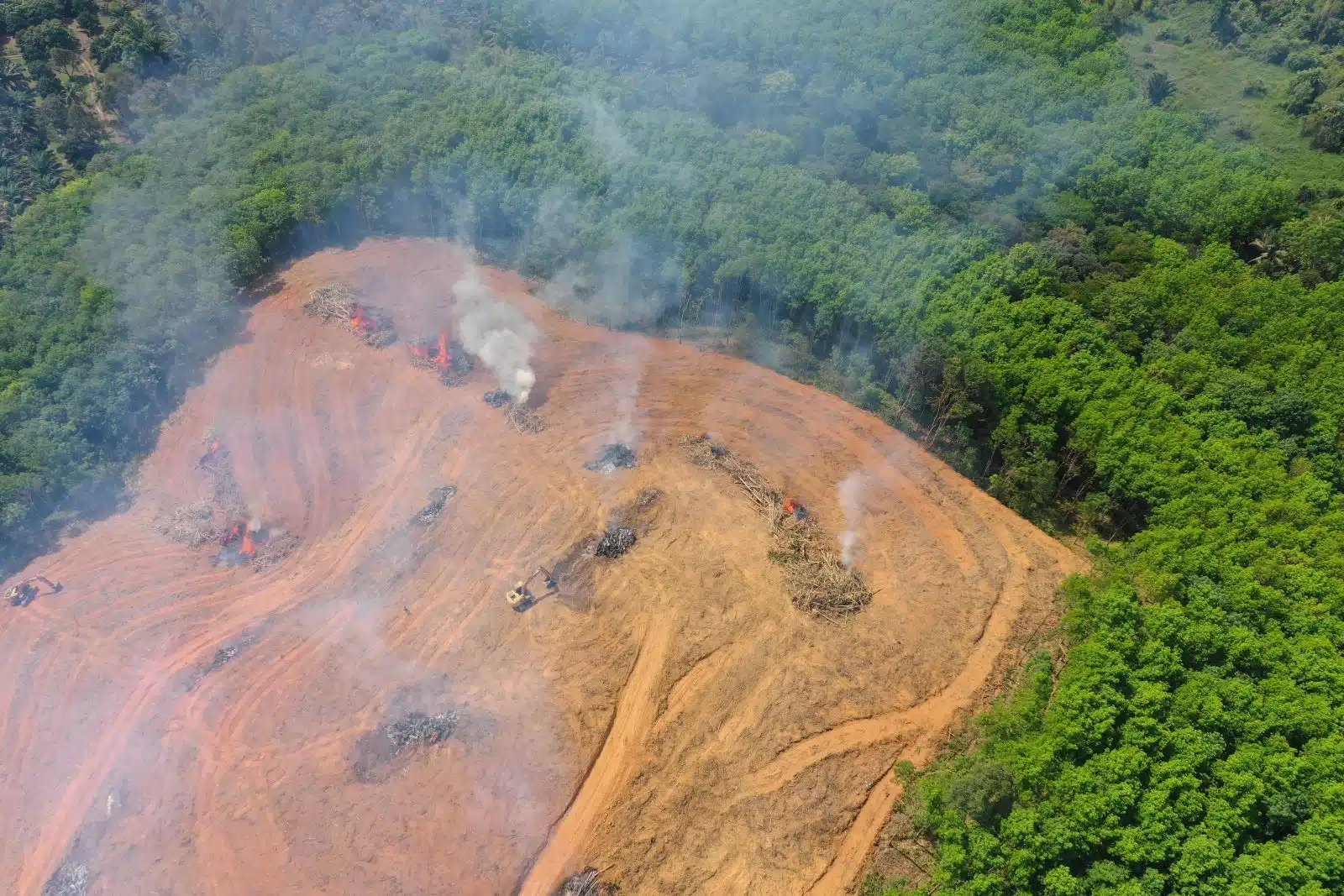
Image Credit: Shutterstock / Rich Carey
About 10,000 acres of the Amazon are lost daily, primarily in Brazil, which contains 60% of the rainforest.
Why is This Happening?
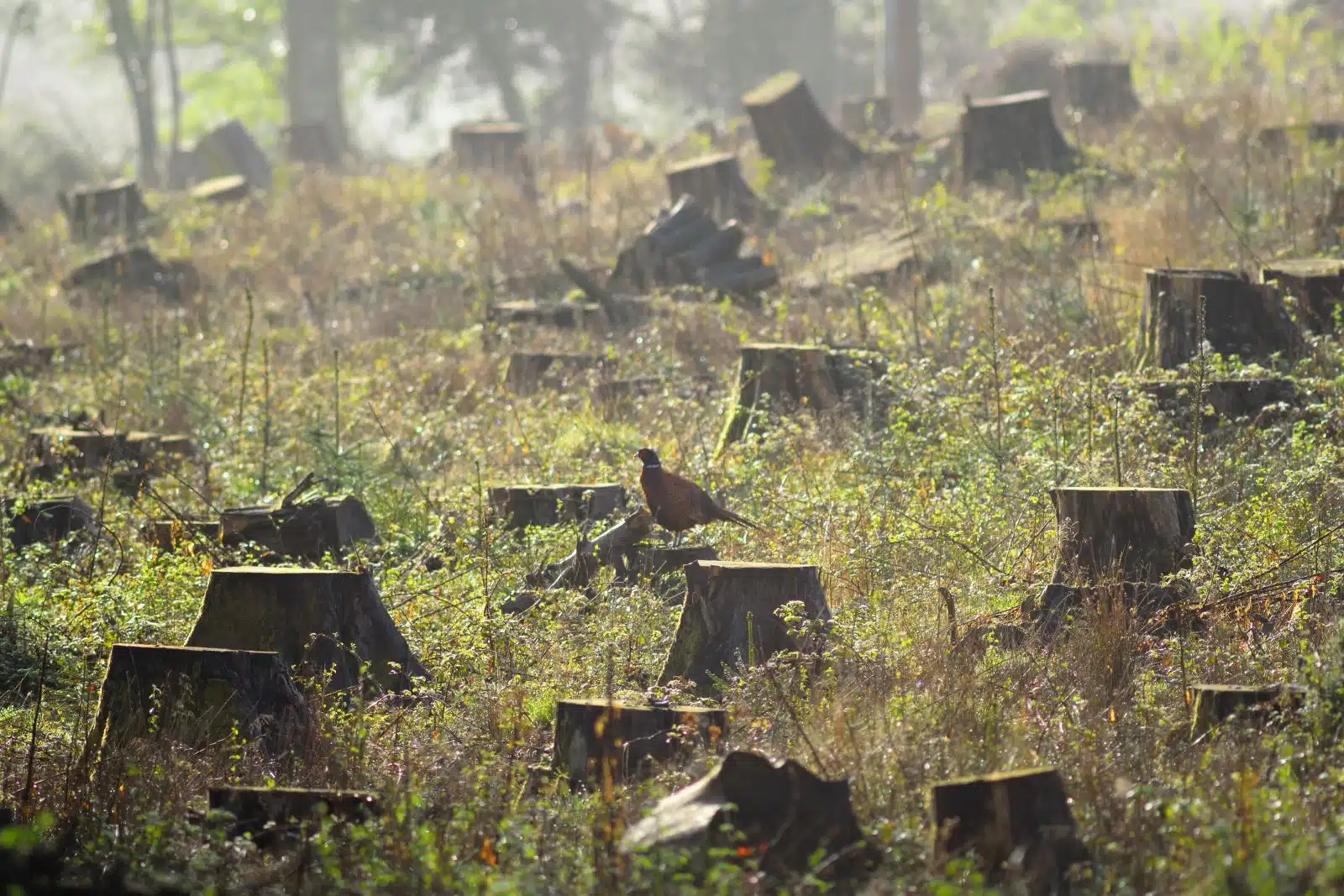
Image Credit: Shutterstock / Savo Ilic
Humans cutting down trees to create land for development for other uses, such as cattle farming, is one of the main reasons.
Profit Before Nature
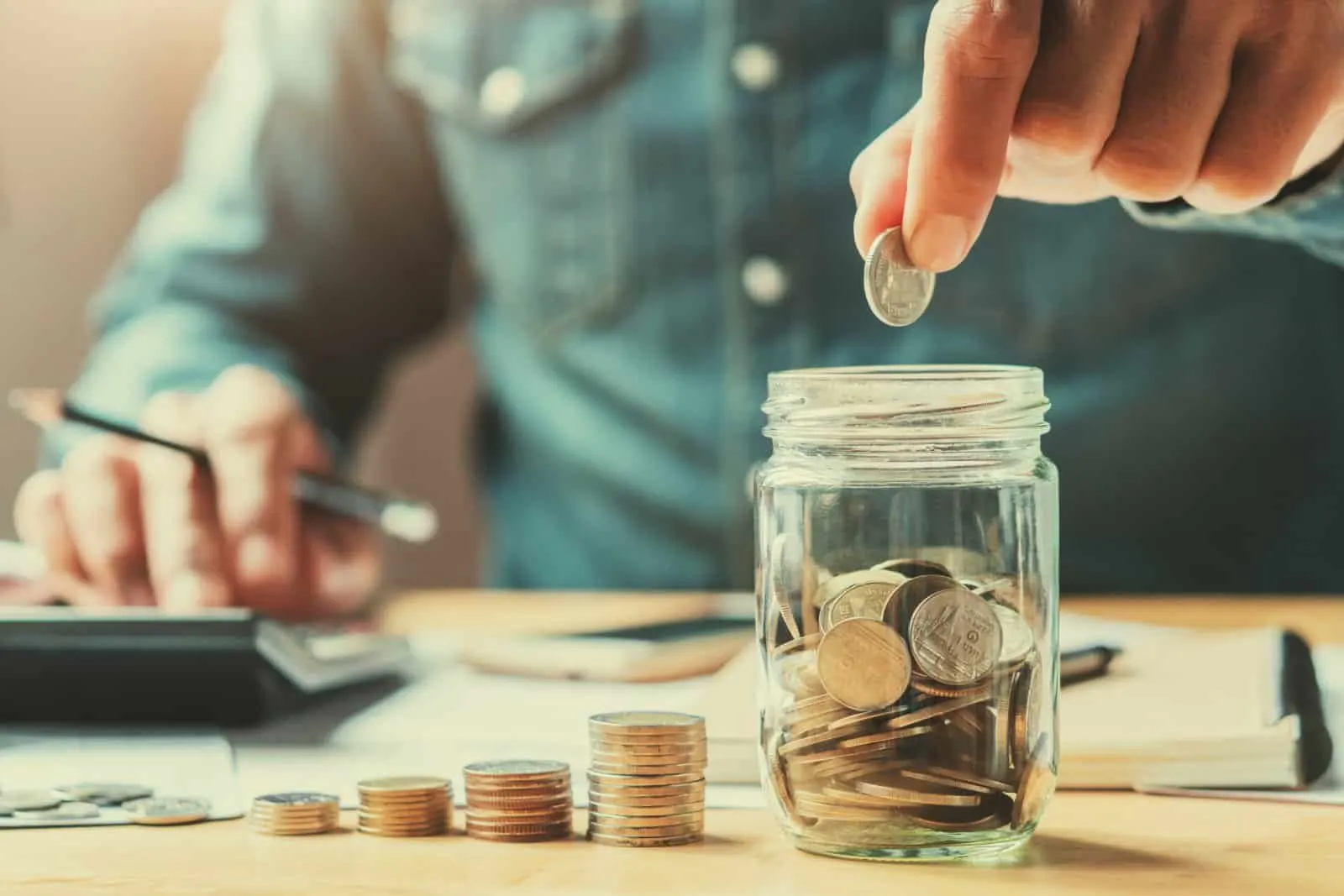
Image Credit: Shutterstock / lovelyday12
The Brazilian government was encouraging its citizens to use the land for farming purposes. The high cost of beef makes it far more profitable than leaving nature to its own devices.
Other Uses
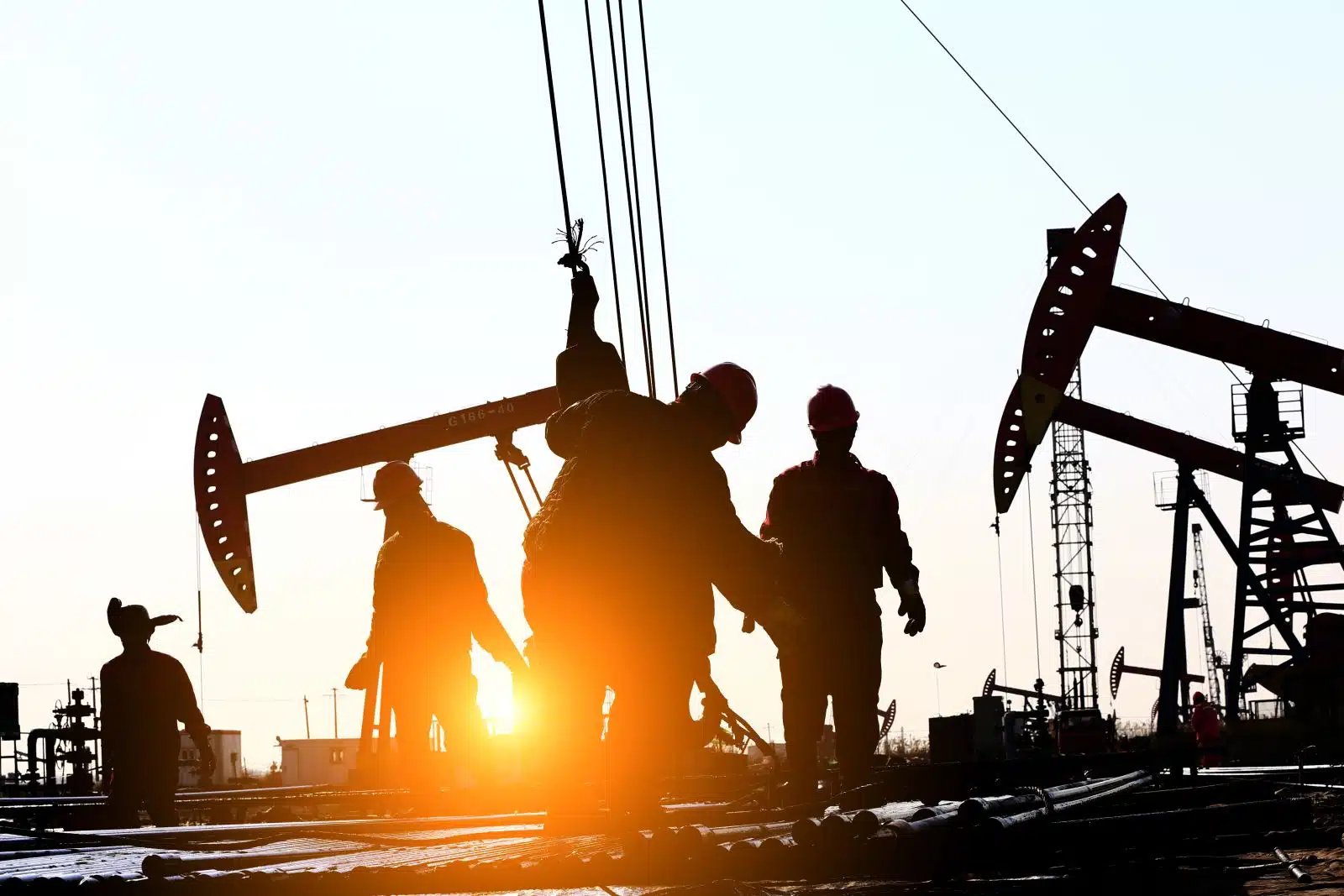
Image Credit: Shutterstock / pan demin
Soy farming and oil drilling are also increasing in areas that were previously rainforests.
The Tipping Point
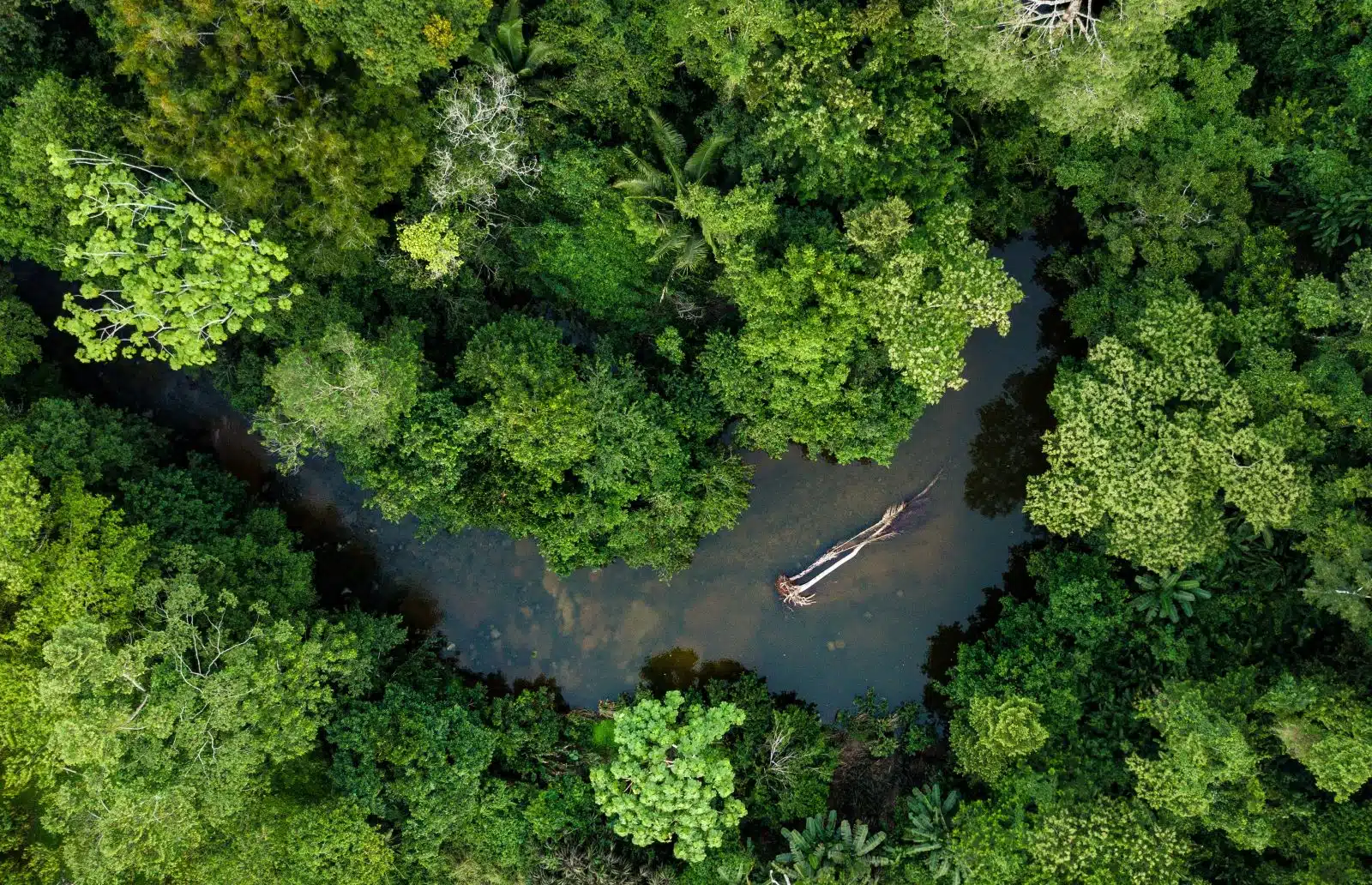
Image Credit: Shutterstock / qualtaghvisuals
The nature of rainforest is such that the trees absorb water from the ground which then becomes the forest’s own rain – known as a moisture cycle. Cutting down trees creates an imbalance in the cycle. Scientists predict the cycle will no longer sustain itself when we reach 20-25% of the Amazon’s original size, effectively killing this massive ecosystem.
Close to the Edge
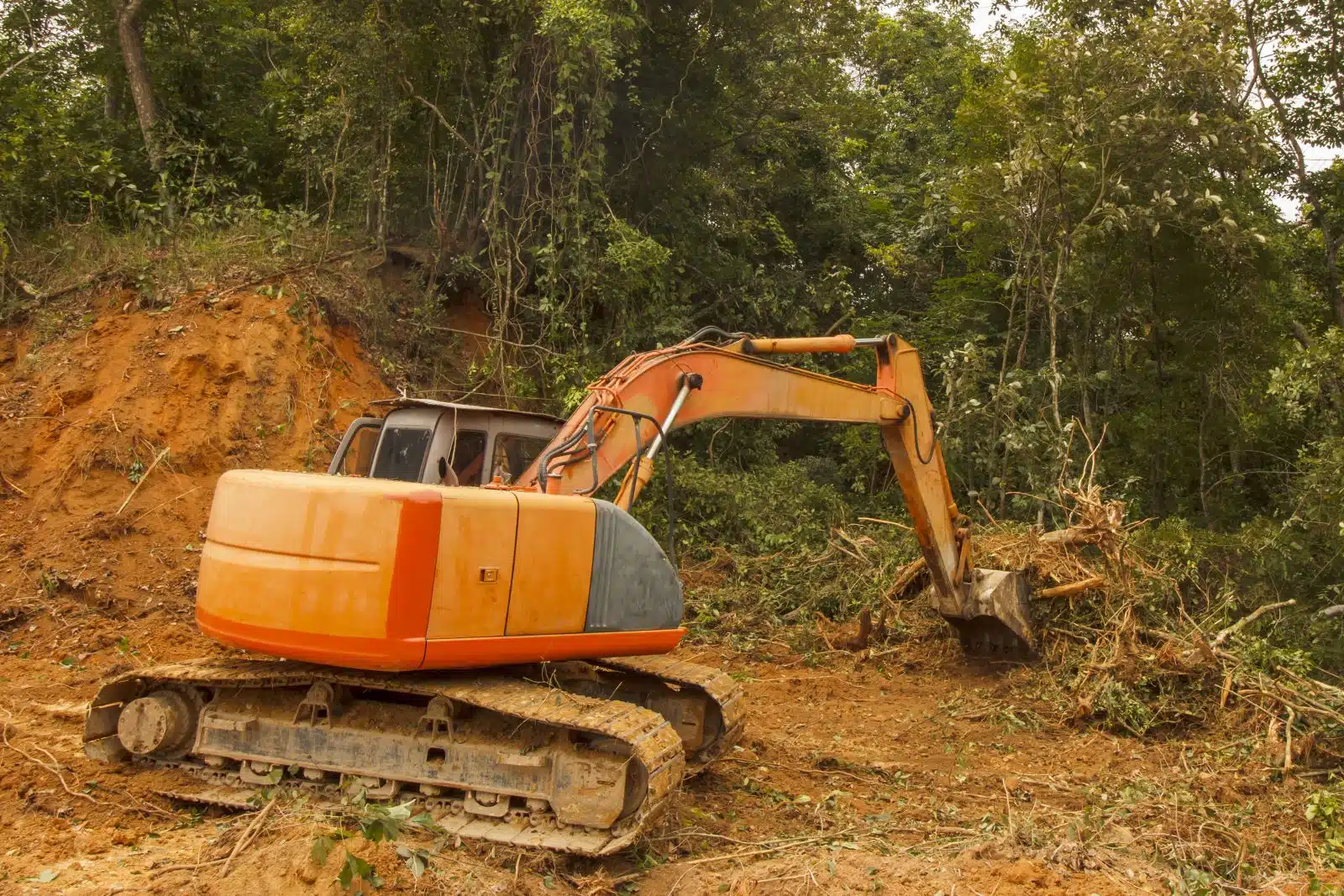
Image Credit: Shutterstock / Rich Carey
So, how close are we to reaching the worrisome 20-25% tipping point? Figures vary slightly, but the consensus is that around 17% of the forest has already been lost or destroyed. The critical point of no return looms large.
The Final Countdown
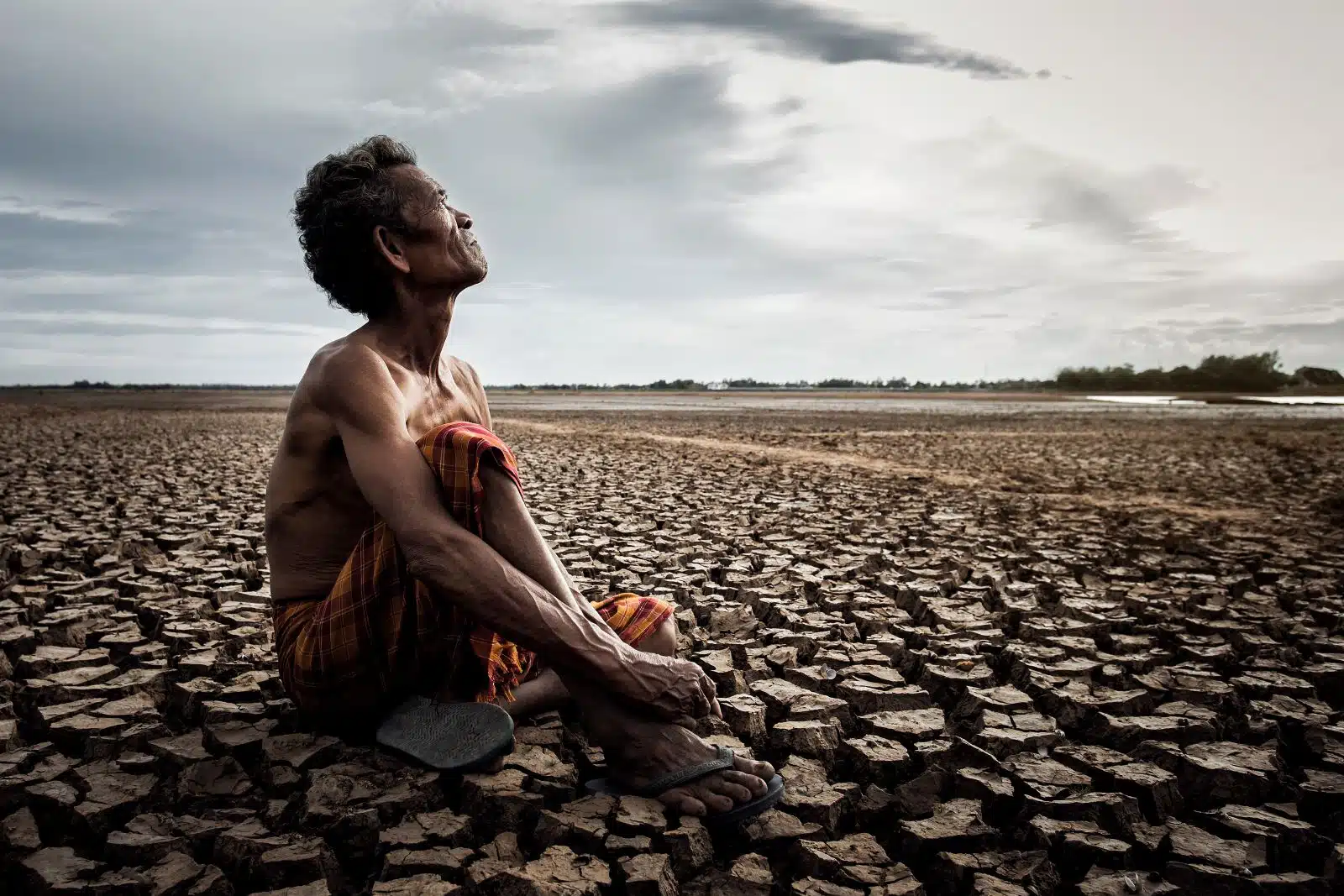
Image Credit: Shutterstock / Thammachak Sotiya
theworldcounts.com predicts that, if current rates continue, the planet will be entirely without rainforests by the year 2100.
What Happens Next?
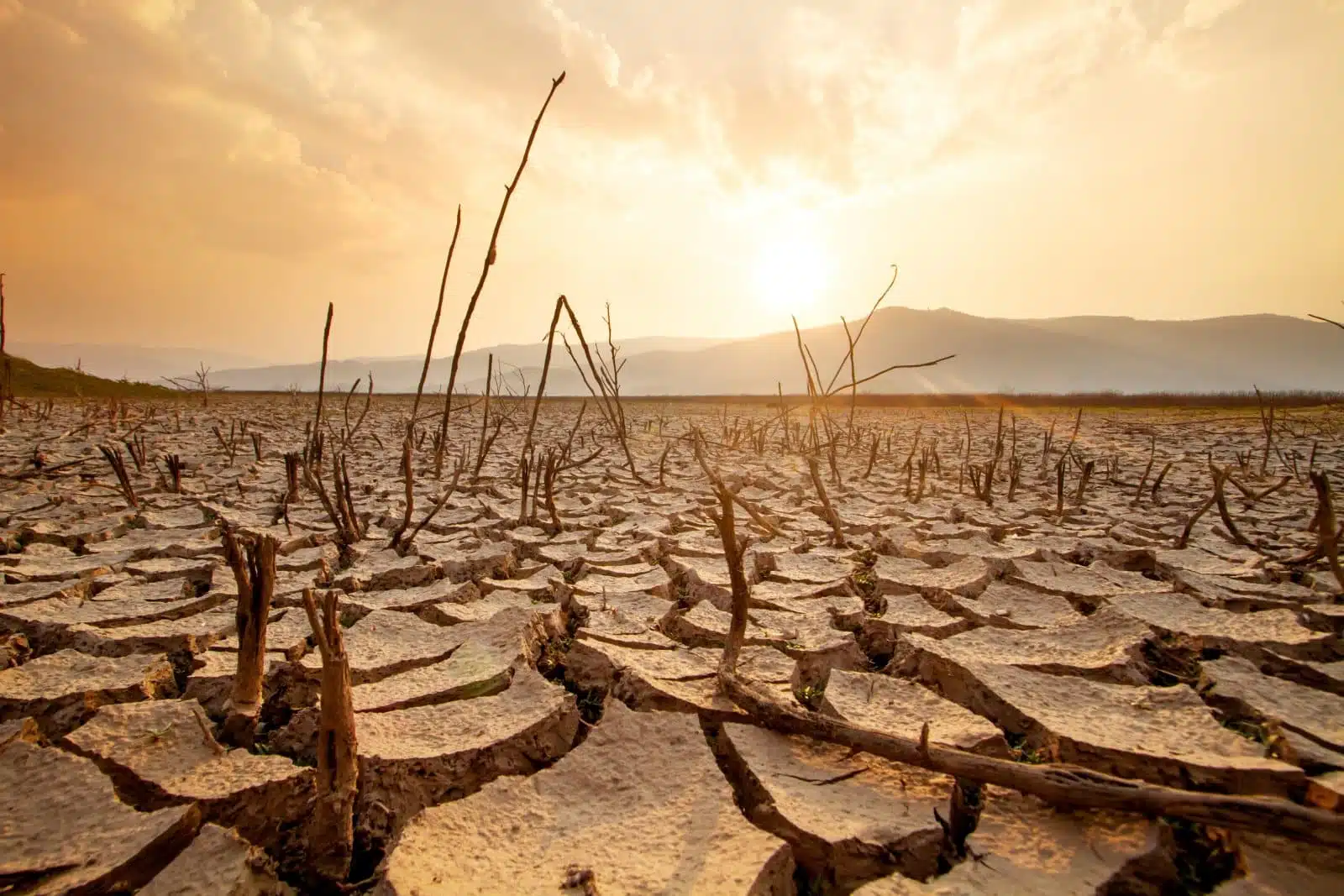
Image Credit: Shutterstock / Piyaset
If the tipping point becomes a reality, what does it actually mean for the rainforest? We can expect to see a dry savanna in its place. Billions of trees will die, and the animals that call the forest home will be displaced—likely with many species becoming extinct.
How Can It Be Stopped?
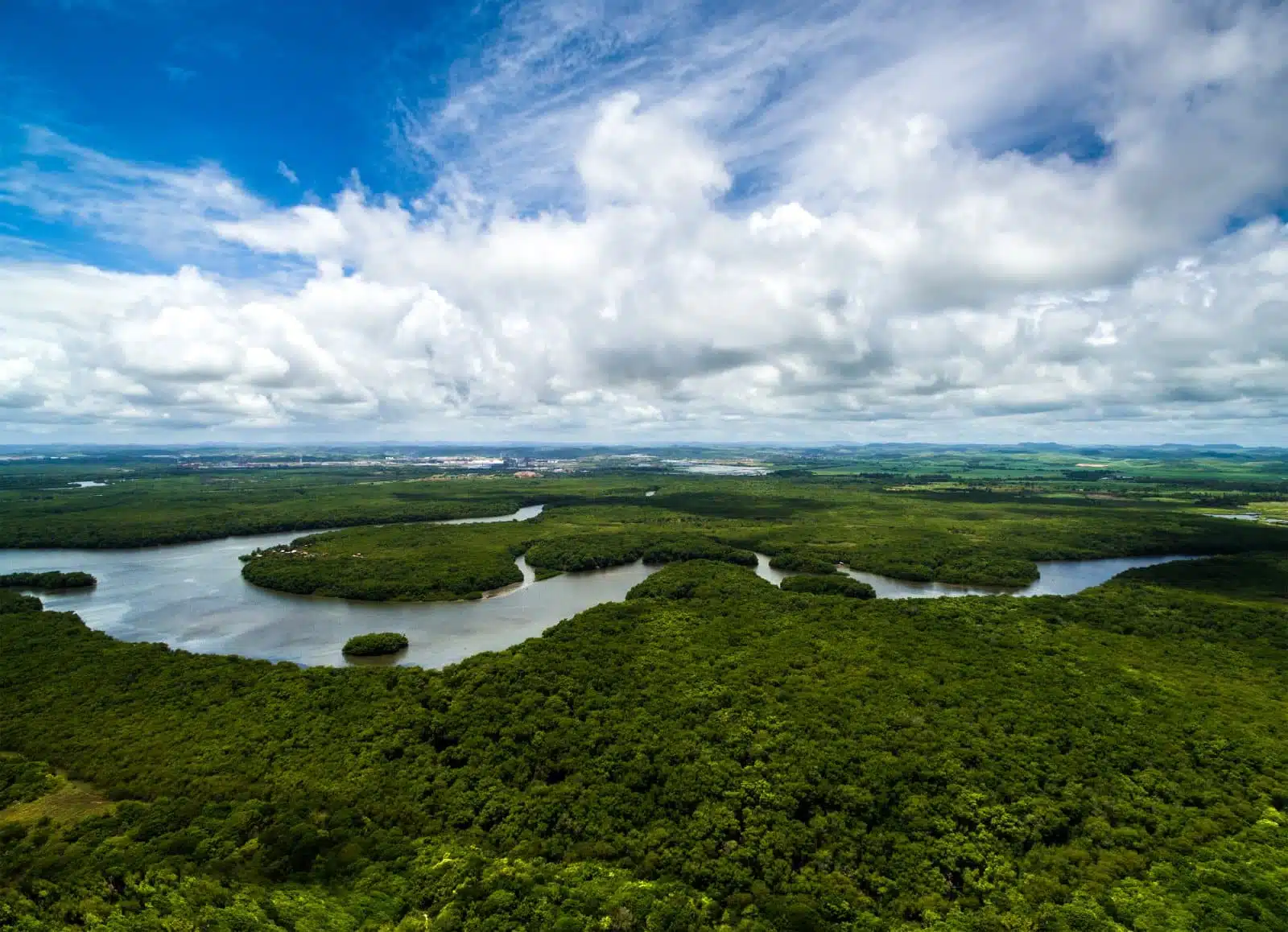
Image Credit: Shutterstock / Gustavo Frazao
One key answer to saving the forest is Brazil. 23% of the Brazilian Amazon is currently protected against deforestation thanks to being indigenous land. However, that still means 46% of the whole Amazon is in Brazil and vulnerable to development, which was actively encouraged by the government until this year.
Save the Forest
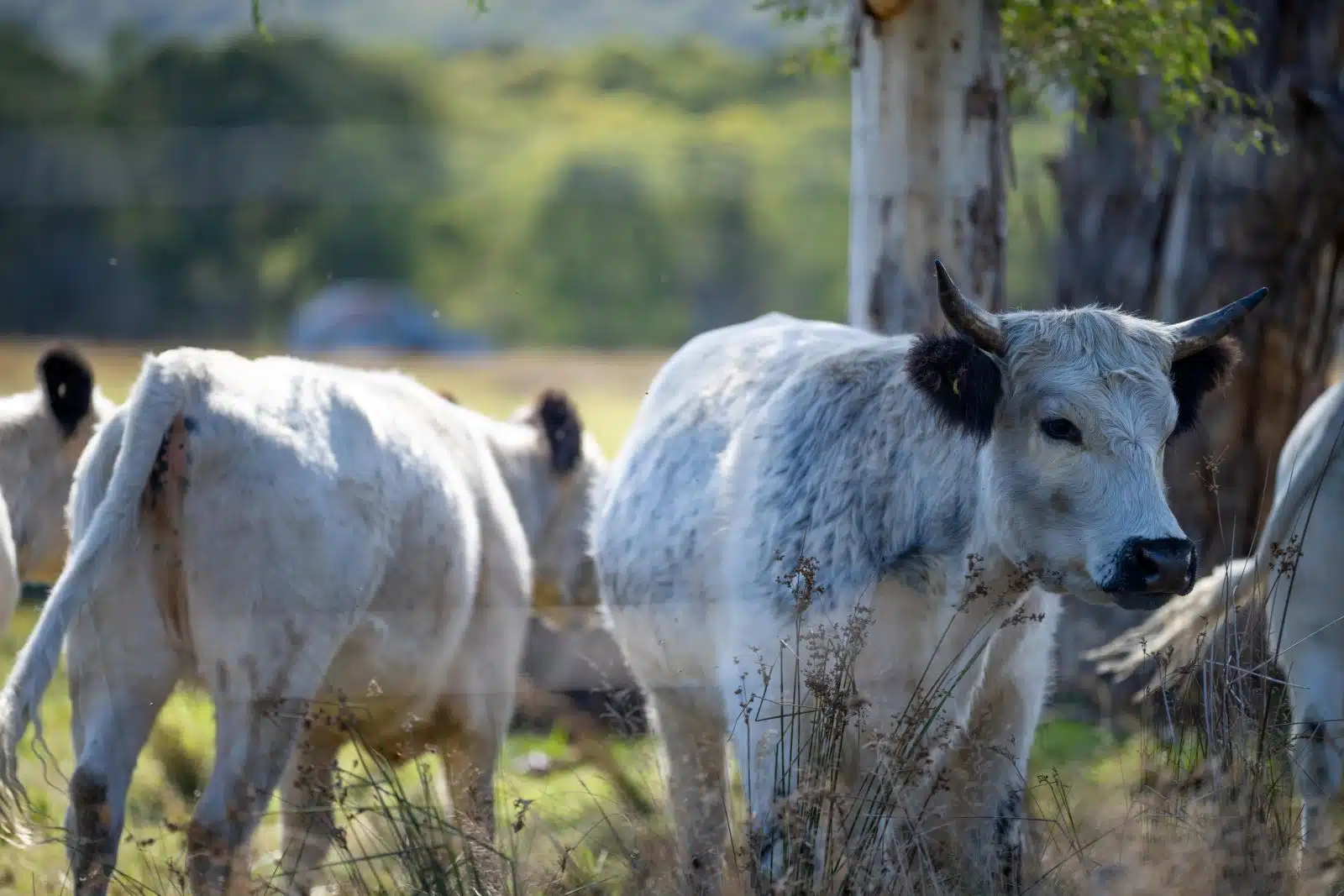
Image Credit: Shutterstock / William Edge
One key suggestion to save the forest while compromising with farming needs is called silvopasture. This is the practice of integrating trees with pasture, allowing farmers to use the land for cattle without wiping out 100% of the trees.
Incentives

Image Credit: Shutterstock / Microgen
Countries, including the United States, are looking to introduce sanctions to crack down on “environmental criminals” to protect the Amazon, according to reuters.com. Climatechangenews.com reported last year that Brazil was offering protection of the Amazon in return for trade advantages with the EU.
A New Leader

Image Credit: Shutterstock / Marcelo Chello
Given Brazil’s critical role in saving the Amazon, it is good news to many that President Luiz Inacio Lula da Silva, in office since January 1, 2024, has pledged to reduce deforestation by 82%. This comes as a dramatic change from far-right former President Jarir Bolsonaro.
Forest Fires
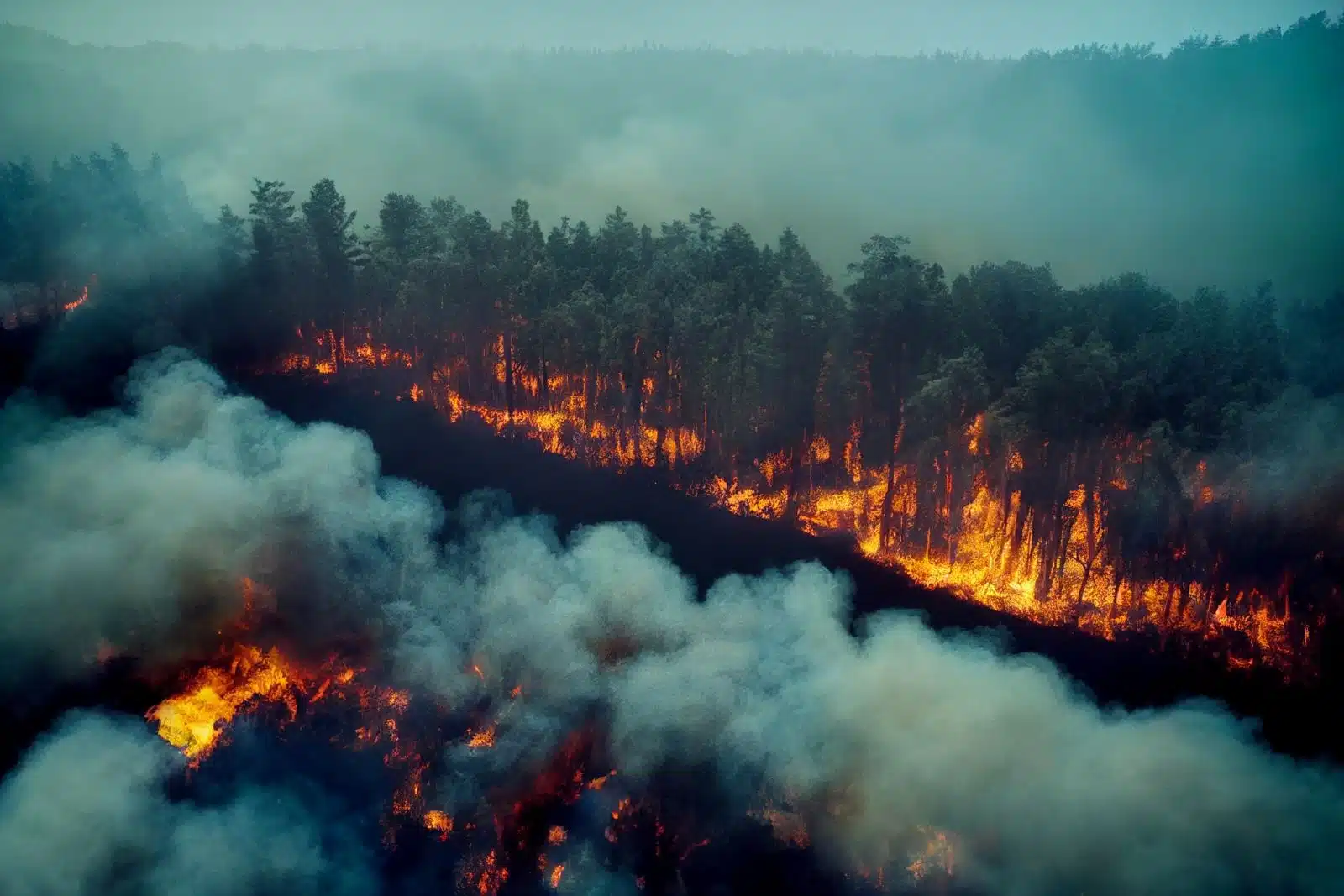
Image Credit: Shutterstock / M. Federico
During Bolsonaro’s presidency, his stance of being very much pro-exploitation of the forest saw a significant increase in forest fires. During his time in office, an area of forest larger than Belgium was lost. The fires aren’t naturally occurring but are set after deforestation.
A Carbon Footprint
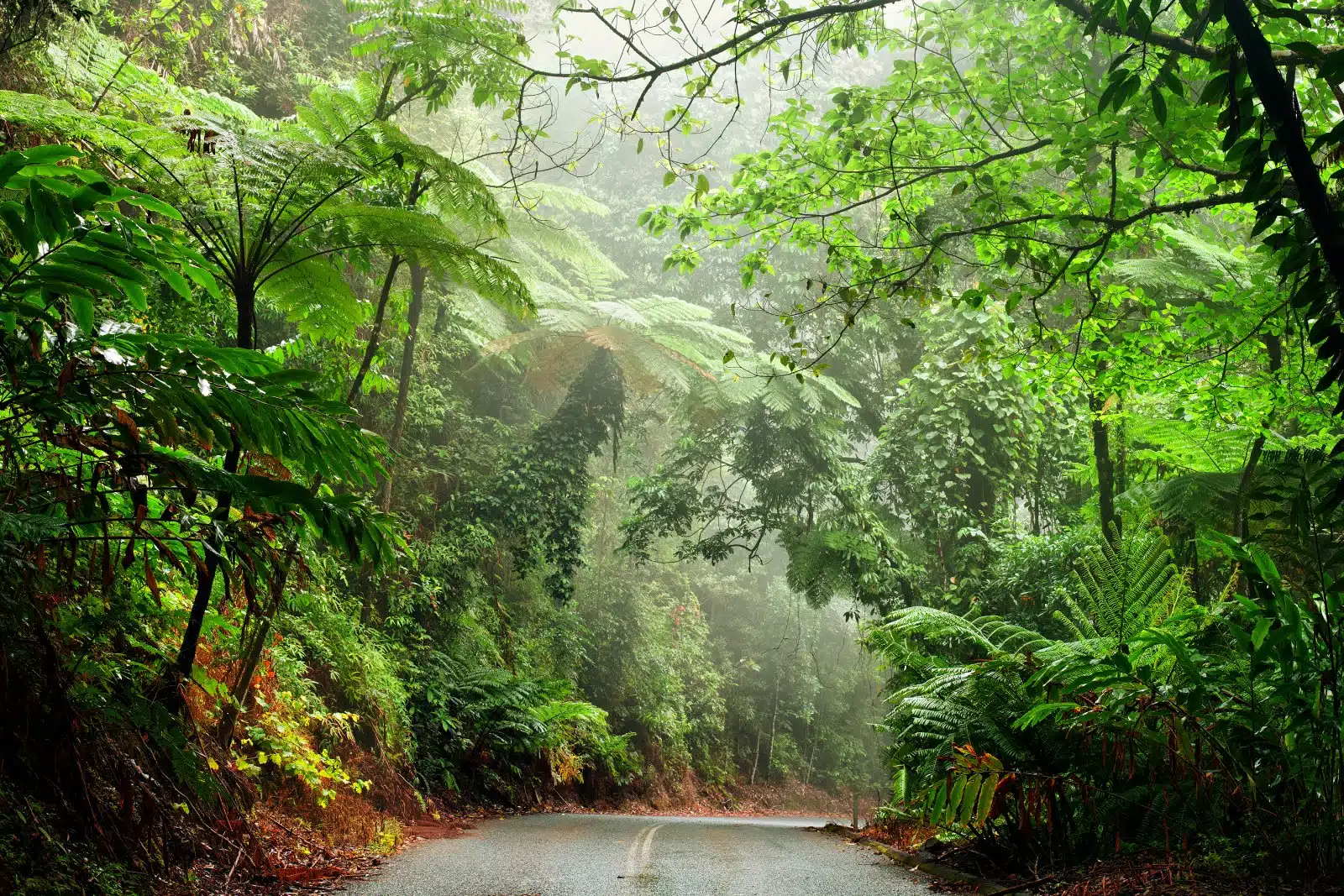
Image Credit: Shutterstock / AustralianCamera
These forest fires mean that the Amazon actually produces more carbon than it absorbs. Historically, the Amazon has always been a crucial carbon absorber, helping fight climate change.
Indigenous Peoples
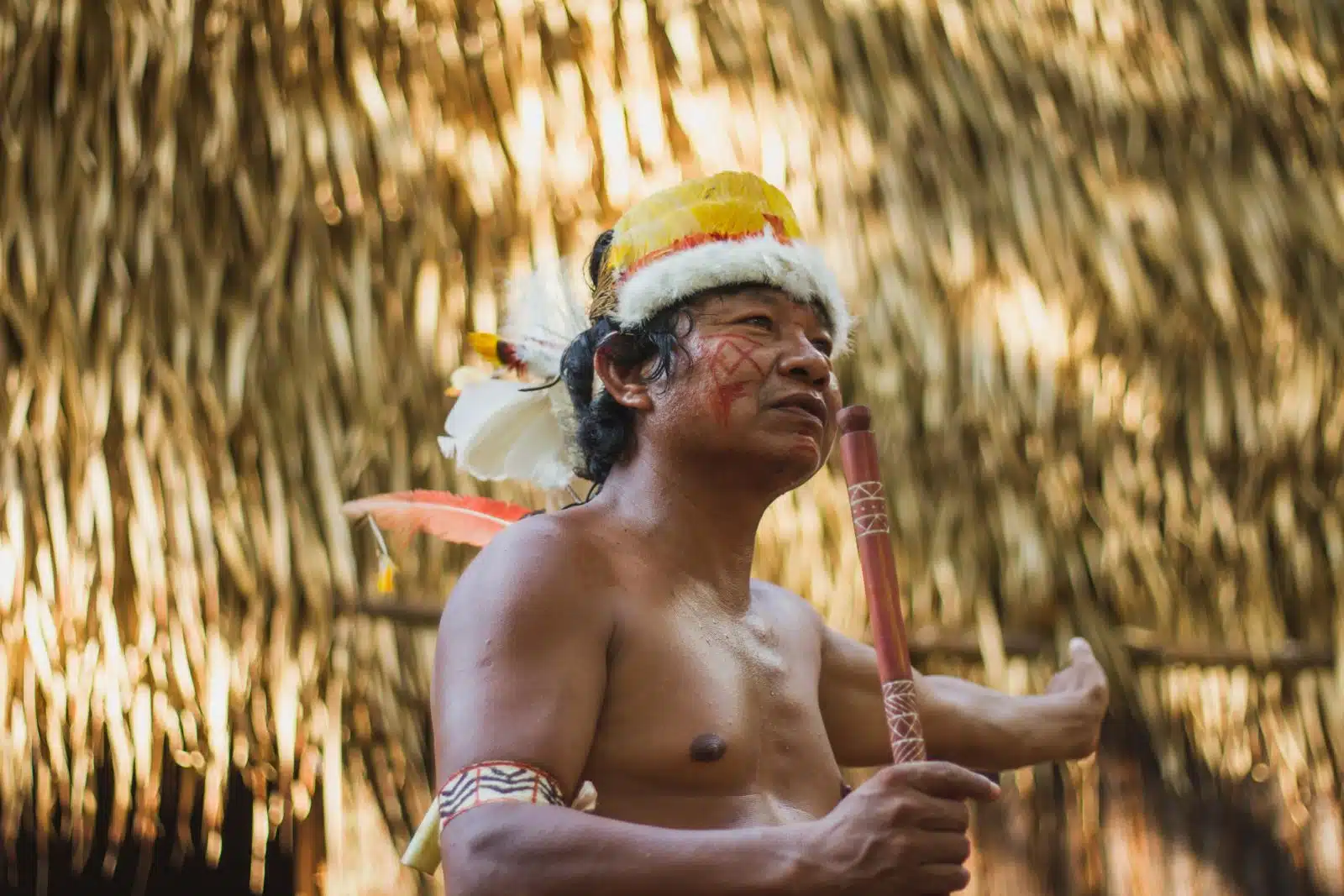
Image Credit: Shutterstock / Hans Denis Schneider
Thankfully, indigenous territories are protected, and around 3,300 are formally acknowledged in the Amazon. However, indigenous people make up only 9% of the 30 million people living in the Amazon.
A Bleak Future

Image Credit: Shutterstock / Gorodenkoff
Without dramatic, urgent changes, scientists and environmentalists fear for the Amazon’s future. The time for change really is now.
More From The Green Voyage
Top 10 Trending Travel Destinations 2024
6 Essential Banking Apps for International Travel – Managing Your Finances on the Go
Traveling With Kids – 10 Tips to Create Memorable Family Holidays
The post The Swallowing Of The Amazon: How Long Until It’s Gone? first appeared on The Green Voyage.
Featured Image Credit: Shutterstock / PARALAXIS.
Tips for Trip Success
Book Your Flight
Find an inexpensive flight by using Kayak, a favorite of ours because it regularly returns less expensive flight options from a variety of airlines.
Book Your Hotel or Special Accommodation
We are big fans of Booking.com. We like their review system and photos. If we want to see more reviews and additional booking options, we go to Expedia.
You Need Travel Insurance!
Good travel insurance means having total peace of mind. Travel insurance protects you when your medical insurance often will not and better than what you get from your credit card. It will provide comprehensive coverage should you need medical treatment or return to the United States, compensation for trip interruption, baggage loss, and other situations.Find the Perfect Insurance Plan for Your Trip
